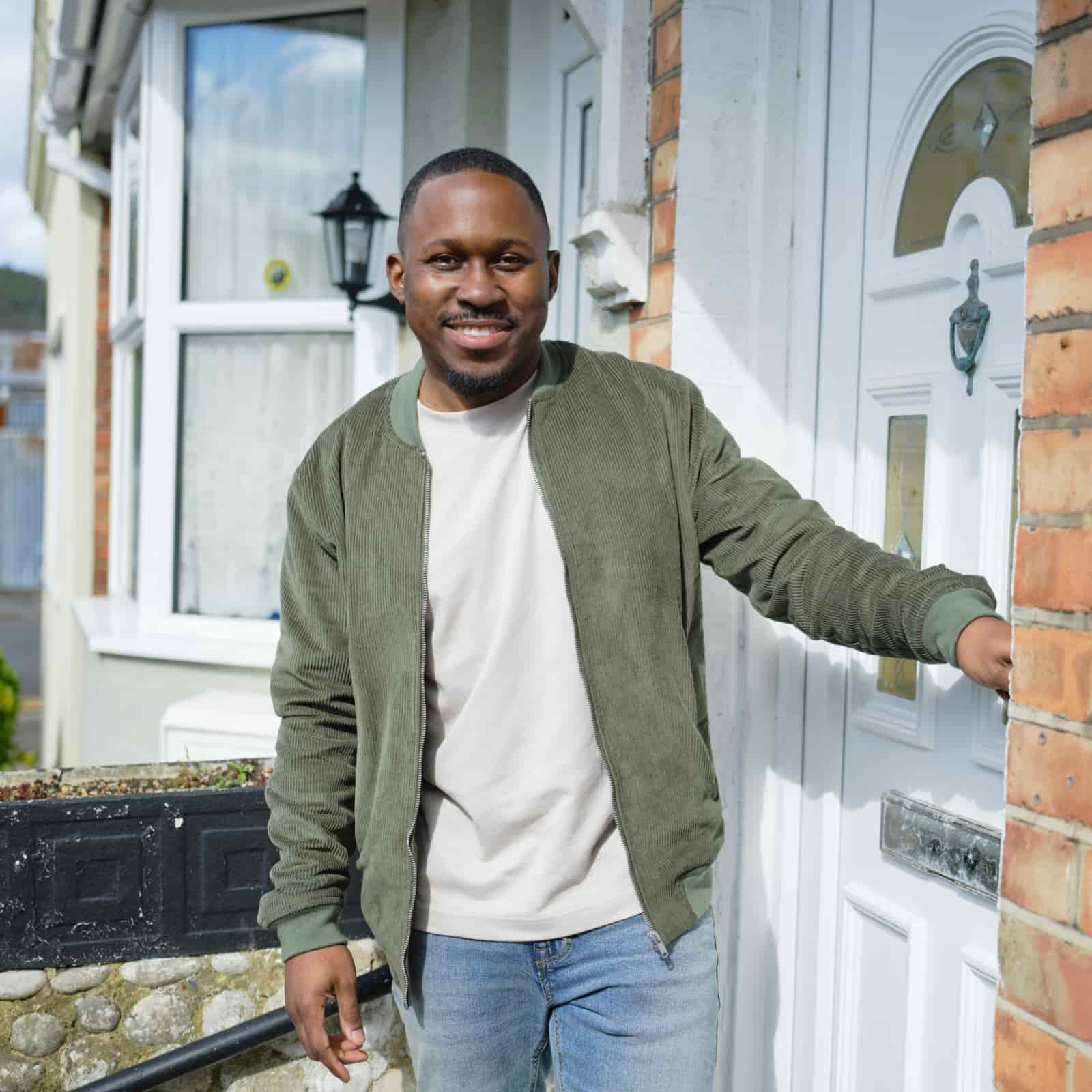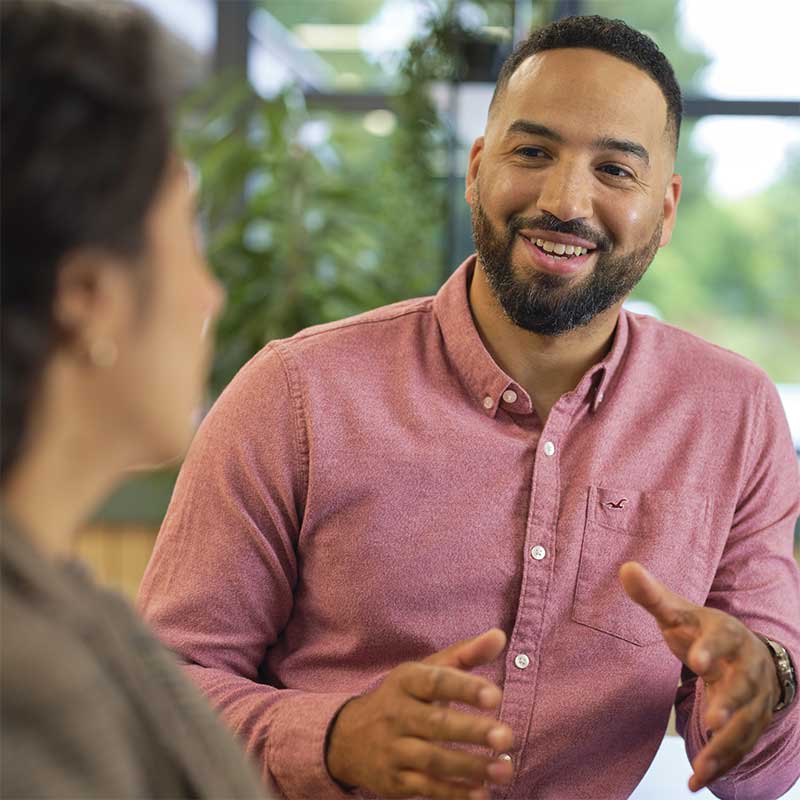Our answers to your problems
Buying a home has become harder than ever – and we get how frustrating this must be for you as a first-time buyer. So, after supporting 20,071 first-time buyers in 2024, we want to give you the opportunity to own your first home.
To help you onto the property ladder, we’re knocking down some of the barriers you might be facing right now.
Our first-time buyer range includes:


